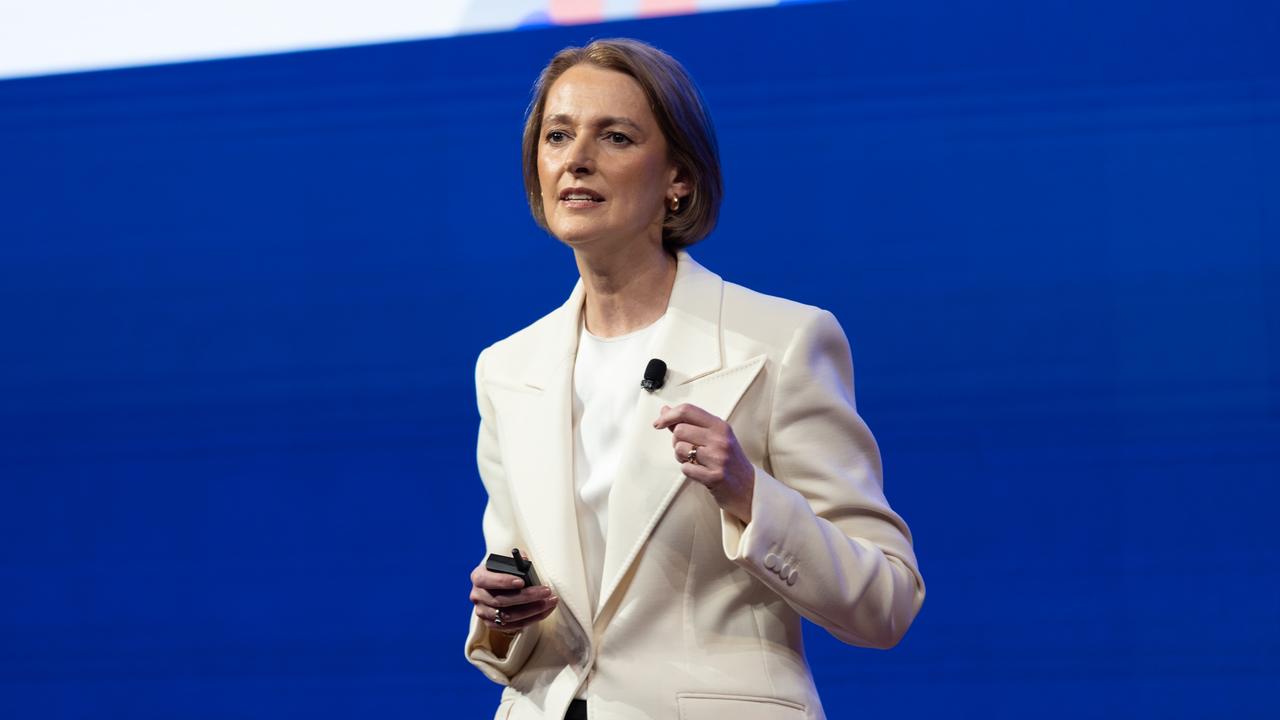Jobless rate at lowest level in seven years
The jobless rate slid to 4.9 per cent last month — its lowest level in more than seven years — defying economists’ fears.

Australia’s jobless rate slid to 4.9 per cent last month — its lowest level in more than seven years — defying economists’ fears of an economic slump amid a so-called per capita recession.
Official data released yesterday showed the number of employed Australians rose 4600 between January and February, forcing the unemployment rate below 5 per cent for the first time since 2011.
The growth in full-time jobs was weaker than expected, prompting analysts to warn that the jobless rate would start tracking higher in the near-term as momentum in the job market slowed.
But Jobs Minister Kelly O’Dwyer said the economy was in great health. “It is, I think, tremendous that the unemployment rate now has a four in front of it, rather than a five,” she said.
“Our economy is facing global headwinds and that’s why we need to stick to our plan, which is helping to build a stronger economy.”
According to the Australian Bureau of Statistics, most of the growth in employment was due to a rise in part-time jobs — by 12,000 workers.
Meanwhile, the economy shed more than 7000 full-time jobs.

The fall in the headline jobless rate was also caused largely by a drop in the number of people either in work or looking for a job, with the participation rate falling from 65.7 to 65.6 per cent.
The rate of young unemployed Australians shifted marginally lower, to 11.2 per cent — more than double the rate of the rest of the population.
Over the past year, the number of full-time jobs has grown by 210,000, while part-time jobs increased by 74,000.
On a less volatile “trend” measurement of the jobs data, relied on by agencies such as the Reserve Bank, the unemployment rate held steady at 5 per cent after bottoming out in recent months.
JP Morgan analyst Ben Jarman said worsening results in business condition surveys and falling job advertisements meant the jobless rate would likely rise this year.
“We still think unemployment is biased higher from here,” Mr Jarman said.
Westpac economist Justin Smirk said the data for January and February was usually less reliable than other months.
“What we can say is that it does appear that the momentum in employment has slowed,” he said.
Bill Shorten said the headline data masked the fact that many people in short-term and casual positions were struggling to cope with slow wages growth.
“Today’s numbers confirm to me that we have wage stagnation,” the Opposition Leader said, noting unemployment below 5 per cent was usually the point where mainstream economists believe strong salary increases will occur as competition between employers forces companies to offer better wages.
“That’s not happening. Over the last four years, corporate profits went up 45 per cent while the wages have only gone up 8 per cent. The system is not working in the favour of working-class people,” Mr Shorten said.
On seasonally adjusted figures, unemployment rose in NSW, from 3.9 to 4.3 per cent, and in Victoria, from 4.6 to 4.8 per cent.
Economists have raised concerns the two cities experiencing the most severe property price declines could be impacted by a slowdown in consumer spending, which would feed through to a rise in the jobless figure.
Earlier this month, the December quarter national accounts showed GDP had risen by only 0.2 per cent, down from an already slow 0.3 per cent in the September quarter.
Household spending contributed only 0.2 percentage points to economic growth in the quarter, the same as in the September quarter.
GDP per capita fell 0.2 per cent in the December quarter after a 0.1 per cent drop in the prior three months.



To join the conversation, please log in. Don't have an account? Register
Join the conversation, you are commenting as Logout